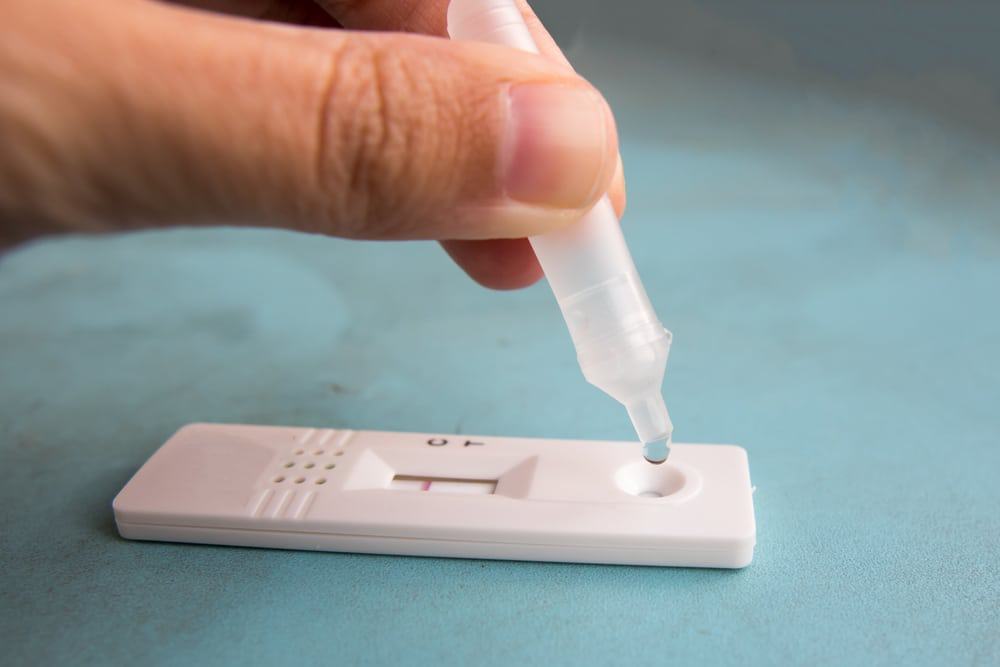Covid-19: how do i know if i am still transmitting the virus?

One of the questions we ask ourselves most when we take Covid-19 and face isolation is: when can I go out with the certainty of not transmitting the virus anymore?
According to information from The Washington Post, infectious disease experts believe that the release of the Covid-19 patient from isolation should only be done after a negative antigen test for the virus. According to Centers for Disease Control and Prevention (CDC) guidelines, this may be an option, although I don’t explicitly recommend it.

There is consensus that each Covid case is unique, which is why so much discussion about protocols. There is no hard and fast rule about how sick a person gets or how long a person stays infected. The guidelines provide a big picture, but patients should consider their different circumstances, priorities, and resources for assessing risk.
How long do I have to stay in solitary confinement after contracting Covid-19?
The coronavirus has the complicated characteristic of being transmissible even before the infected person shows the symptoms, that is, he does not even know he is transmitting it. In general, the peak period of virus spread begins about a day or two before symptoms appear and continues two to three days later.
As this is a relatively new disease, several theories and guidelines on isolation time have emerged. At the start of the pandemic, many thought individually and preventively to isolate themselves for several weeks. Over time, some doctors began recommending at least 15 days of quarantine. Currently, experts speak of at least seven or eight days of social retreat.
Research has already shown that people can continue transmitting the Covid virus for up to eight days. Based on this and other articles, scientists say the virus is very unlikely to pass after 10 days, even if a person still tests positive.
For the CDC, patients must self-isolate for at least five days. On day 6, you can finish isolation as long as your symptoms have improved and you are free from fever for 24 hours. For the entity, day 1 of isolation is the day after the first symptoms, a detail that can cause confusion (many count isolation considering the days of symptoms, the CDC starts counting after this stage).
Can I get out of isolation only after taking a negative test?
Not exactly. If you decide to do a quick home test several days after infection, the best approach is to use it at the end of the five-day period, the CDC says. If the result is positive, complete the 10 days of isolation to repeat the test.

However, the CDC does not explicitly recommend testing negative to end isolation, but the action is held responsible, especially considering rebound infections: US President Joe Biden, for example, had to test negative twice to definitively come out of isolation, as he tested positive the day after finishing his first quarantine, thus returning to rest.
“Given that a substantial percentage of people test positive after five days, I think an updated recommendation should include people who test negative before they come out of covid isolation,” said Tom Inglesby, director of the Johns Hopkins Center for Safety at Health. , in an email to the Washington Post. He was a senior adviser to the Biden administration on testing from December to April.
“A negative antigen test is quite reassuring that you are no longer able to pass the infection to others,” added Amy Barczak, an infectious disease specialist at Massachusetts General Hospital, who has studied how long Covid patients can transmit the virus.

My test is negative, do I still have to do it again?
Barczak states that for healthy people, if the antigen test is negative on a rapid antigen test on day 5 or later, “you are unlikely to be contagious to other people.”
For people with particular concerns about virus transmission, a second test is recommended (in symptomatic people, for example).
“Two tests in a row are simply a better form, better protection, of a negative test,” says Michael Mina, an epidemiologist and infectious disease immunologist at Harvard University and an expert in rapid tests.
In any case, the general recommendation about everything we talk about is: there is no precise number of how many days a person can continue to transmit the virus, however an isolation of at least 10 days is recommended (an antigen test the 5th day can already be done).
Quick tests before ending the quarantine are important because they guarantee safety, so they must be performed: the amount of tests depends on the form of the patient’s disease (symptomatic or asymptomatic).
It is worth remembering that, regardless of the termination of isolation and the negative test, people in general must continue to wear masks (as required by each country) and to implement protocols to prevent and fight Covid-19.
The post Covid-19: how to know if I am still transmitting the virus? first appeared on Digital Look.
Source: Olhar Digital
Leave a Reply